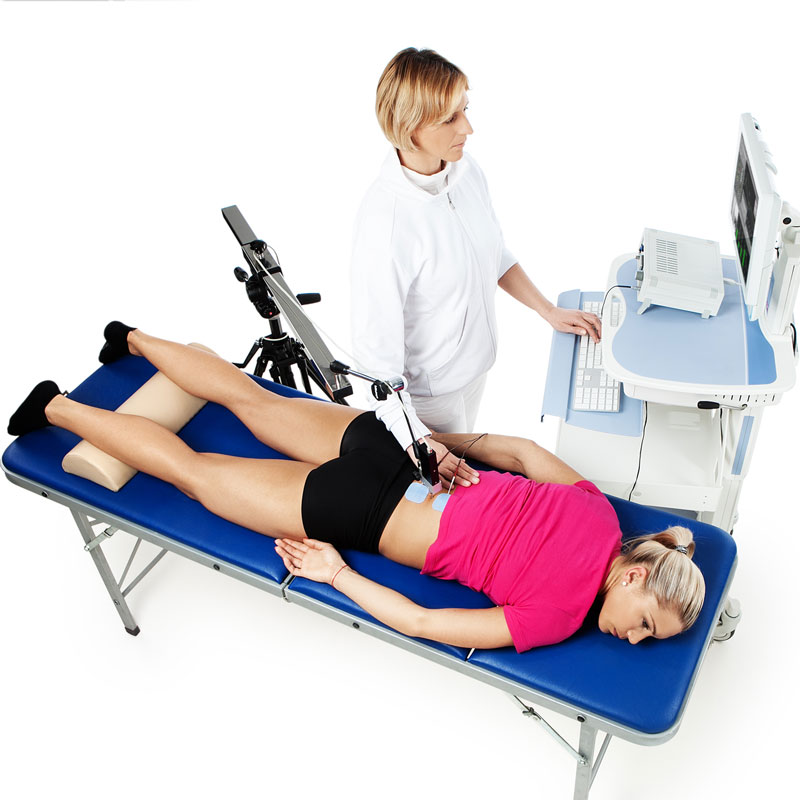Optimize Your Performance with TMG
Unlock potential with cutting-edge muscle diagnostics and personalized coaching.
Book an Assessment Learn MoreWhat is Tensiomyography (TMG)?
Tensiomyography (TMG) is an innovative, non-invasive method used to precisely measure muscle contractile properties. It provides valuable objective data about muscle composition (fiber type), activation levels, fatigue, and potential imbalances. Using a specialized sensor placed on the muscle belly, TMG measures the radial displacement (muscle belly contraction) in response to a single electrical stimulus. This allows for a detailed assessment of muscle characteristics such as contraction time, delay time, sustain time, and maximal displacement. This data is crucial for: - Identifying subtle muscle imbalances that can lead to injury or hinder performance. - Tailoring training programs to individual muscle needs. - Optimizing strength and conditioning strategies. - Monitoring recovery progress after injury or intense training. - Preventing injuries by addressing neuromuscular deficits proactively. - Assessing the effectiveness of rehabilitation protocols. TMG offers a fast, reliable, and objective way to gain deep insights into muscle function, helping athletes and individuals achieve peak physical condition and maintain long-term musculoskeletal health.
Why TMG Makes a Difference
TMG aids in creating targeted training programs, preventing injuries, and tracking recovery effectively. This technology offers a precise and reliable way to gain a deeper understanding of individual muscle mechanics, going beyond traditional strength and functional assessments.
Athletes
Optimize performance and prevent injuries with data-driven insights.
Rehabilitation
Monitor recovery progress with objective measurements.
General Wellness
Address muscle imbalances for improved quality of life.
Our TMG Specializations
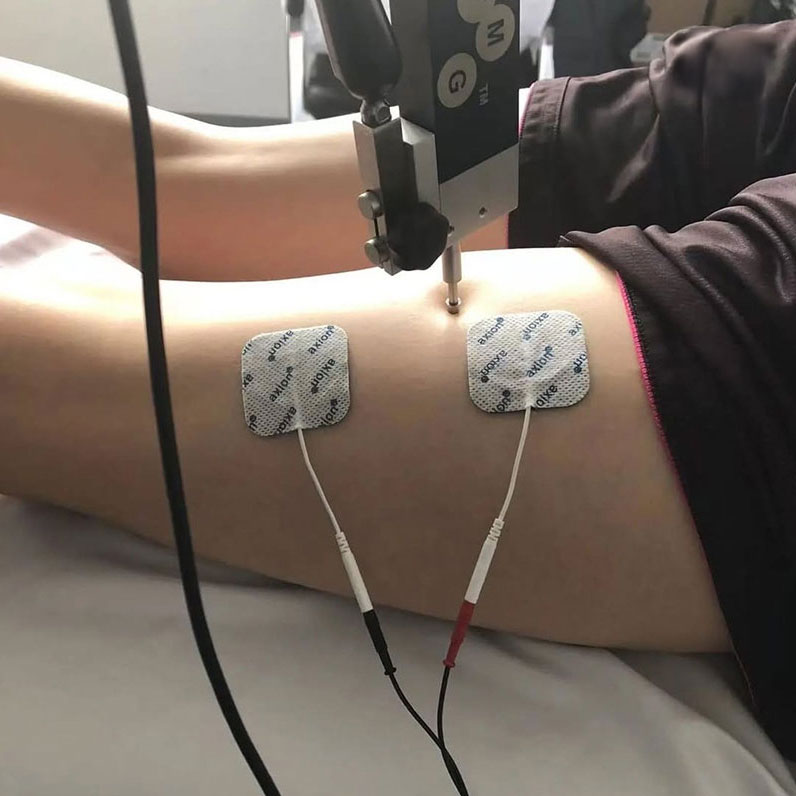
Muscle Disbalance Assessment
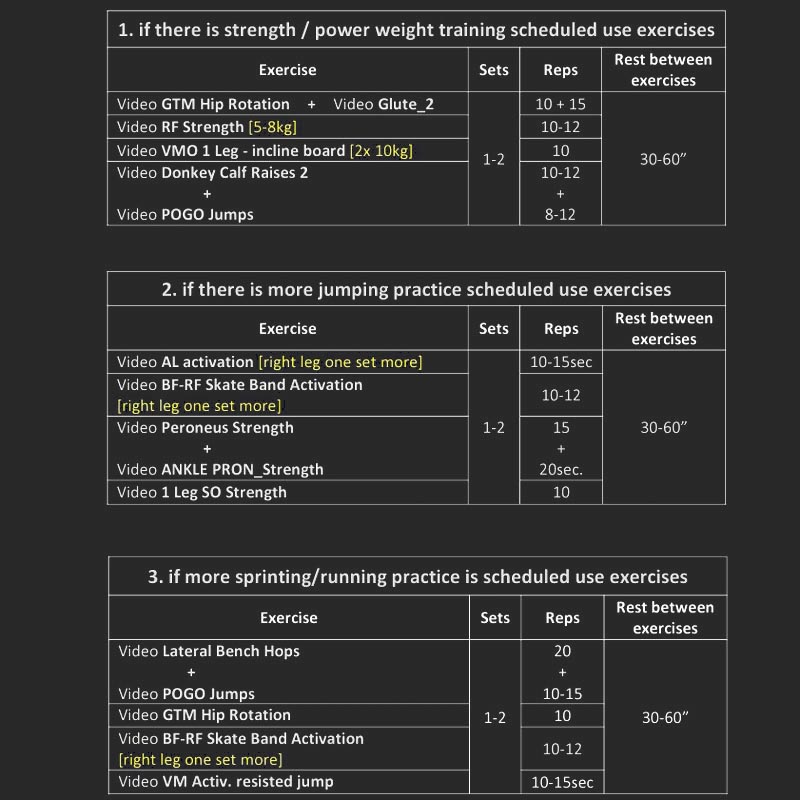
Correctional Programming
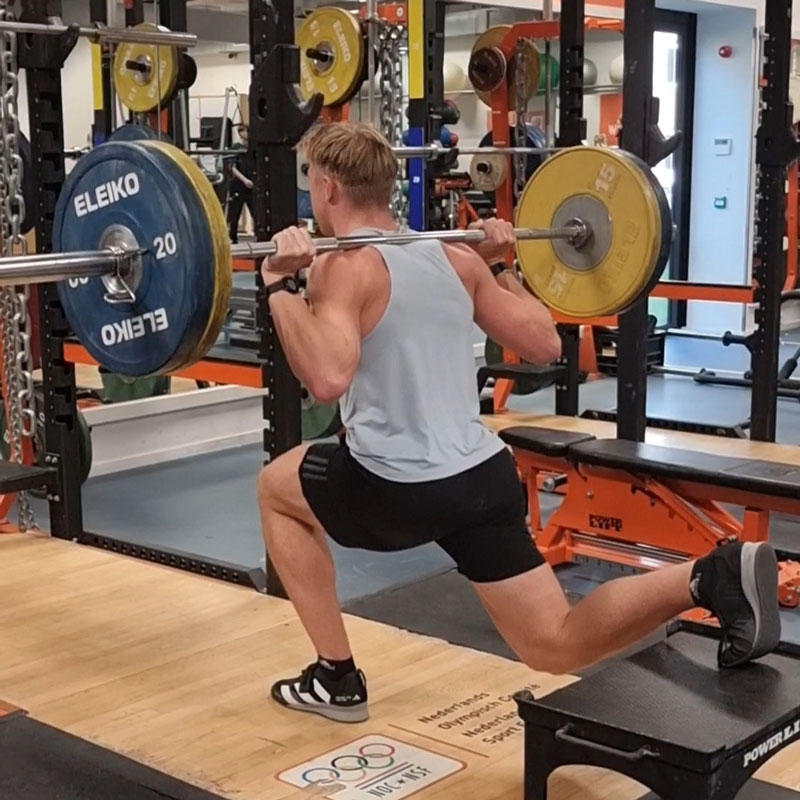
Strength Conditioning
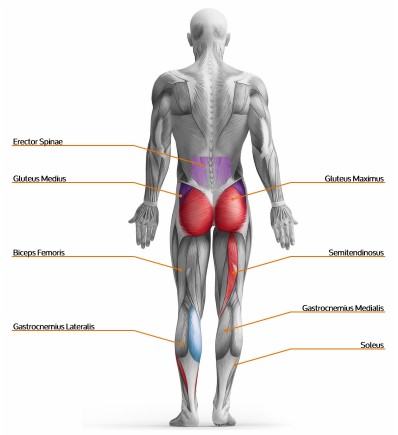
Injury Prevention Strategies

Training Optimisation
